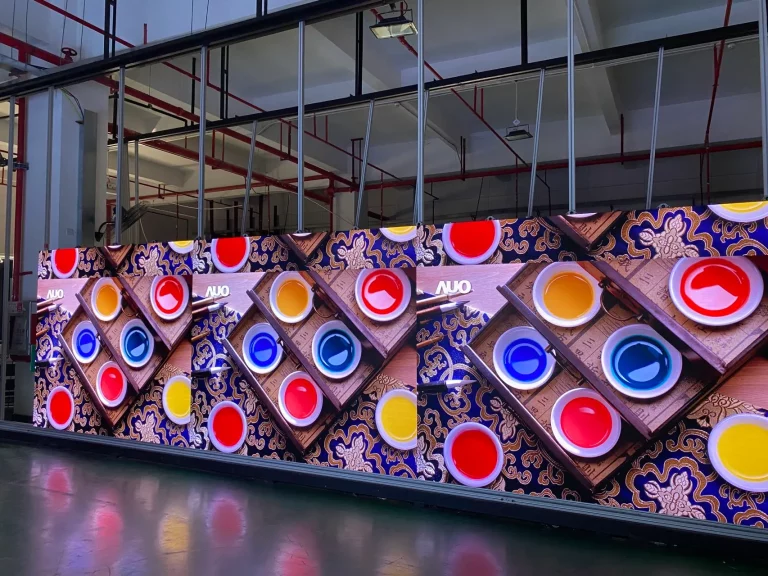Difference Between LED and LCD Monitor – Explore More
LED and LCD monitors, when compared to each other, are two different display technologies. In this article, we’ll explore more about the difference between LED and LCD monitors.
First, let’s explore the salient features of LED
- Incredible Viewing Angles – LED monitors have an extensive viewing angle, making them perfect for use in various environments – from small desks to big conference rooms.
- Long Life – LED monitors are known for their long lifespan, which won’t degrade as older LCD screens do over time. You can count on them to provide consistent, quality viewing throughout the years.

- Energy Efficient – LEDs consume less energy than traditional LCD monitors, so they’re ideal for offices with higher sustainability requirements. Additionally, they have minimal impact on the environment when disposed of properly.
- Beautiful Colors and Design – Many LED screens are designed with beautiful colors and sleek designs that stand out from the crowd. They make great alternatives to traditional monitor options, whether you’re looking for something classic or more modern and innovative.
- Improved Picture Quality – Thanks to the increased resolution of LED screens, you’ll see even the most intricate details without sacrificing quality.
- Affordable Price Tag – Compared to other monitor types, LEDs are pretty affordable – which makes them an excellent choice for budget-conscious consumers or small businesses who want high-quality graphics without breaking the bank.

Next, we talk about the advantages and disadvantages of LCD
Positive aspects of LCD:
- LCD is inexpensive.
- Older CRT monitors are heavier than LCDs.
- Excellent brightness is provided via LCD.
- Wider viewing angles are perfect on LCD.
Negative aspects of LCD:
- Due to its difficulties in creating black and dark gray light, LCD is not ideal for low-light or dimly lit applications.
- Uneven brightness may sometimes result from white saturation in LCDs.
- A resolution and fixed aspect ratio are features of LCD construction.
- Poor or weak LCD pixels might cause the screen’s intensity or shading to change.
Through the above, we learned about the difference between LED and LCD monitors, but relatively speaking LED is the most suitable choice for you, although you buy LED more expensive than LCD, it has a long service life and energy saving can give you a good experience, this will reduce a lot of trouble for you when you use it in the future.

How to choose a suitable LED monitor for you?
There are many important traits to consider when choosing a monitor. However, one of the most important aspects is the display’s tone. A good LED monitor will have a flat and accurate display that can be adjusted to your specific needs. In addition, they should be responsive and easy to use.
You also want to ensure that the monitor has an excellent contrast ratio, so you can see everything. The last thing to consider is the size and weight of the monitor. Ideally, you want a lightweight monitor that doesn’t take up a lot of space on your desk or rack.
Ending Point:
Now that you know the difference between LED and LCD monitors, you should know which one is best for your needs.
Shenzhen Zain Technology Co., Ltd. is growing to be a premium LED screen solution provider and manufacturer, established in 2013.
With long experience, we have our own LED display factory. Our headquarters is located in Shenzhen City. Contact us for details.








